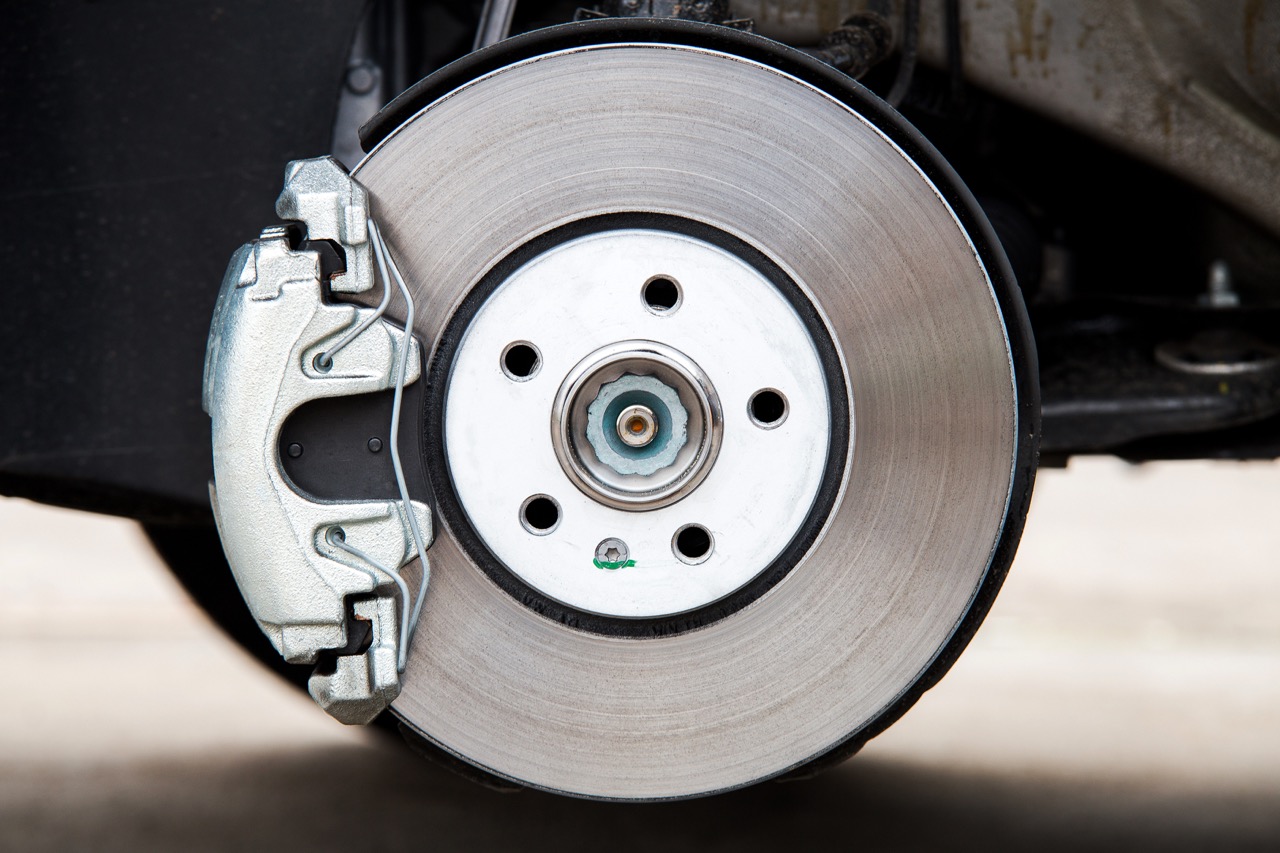
So you’ve just replaced your brakes at Master Muffler at Kearns. You might think your work here is done! But one thing we always like to remind our clients is that there is another vital step after brake replacement: breaking in or “bedding” your new brakes. Whether you’ve just replaced the brake pads, rotors, or the complete braking system, breaking in your brakes will extend their overall lifespan and improve performance. Thankfully, bedding brakes is a simple process. Here’s what you’ve got to do!
Is Breaking in Brakes Necessary?
If you’re wondering why breaking in your brakes is necessary, you’re not alone! Most people don’t know that your old brake pads (and your new ones) leave behind a layer of material known as the “transfer layer”. When you’re initially breaking in those new brakes, an even transfer layer is created on the rotors. Establishing this even layer ensures that your brake pads won’t suddenly wear unevenly before your next brake change.
What If I Don’t Break In My Brakes?
It’s not uncommon for brake pads to wear down unevenly. In fact, most driver’s come to get their brake pads replaced before they should because one or several brake pads are more severely worn down than the rest. Why does this happen? Well, as the brake pad’s transfer layer is deposited, without the right aftercare, this layer can become uneven. You might even notice your car vibrating or shaking as you brake. Often this is because there are highs and lows on your brake pads, and without the proper care, it can cause major damage to the braking rotors themselves.
So what’s the takeaway? If you notice you’re having to replace your brakes far more often than normal, it could be because you’re not properly braking in your brakes. Save yourself a bit of time and a lot of money by doing the job right!
Can You Ask a Mechanic to Bed the Brakes?
Absolutely! Although bedding new brakes is a simple process, not everyone has time for it. Let your mechanic know that you’d like this done. Because although it’s a common practice at Master Muffler, some mechanics only change the parts and skip this step. If your mechanic plans to break in the brakes, you do not have to repeat the process afterward. Doing so a second time is unnecessary and can cause extra strain on these fresh parts.
Breakdown of Breaking In Brakes
The process is rather simple, but keep in mind that you will be driving around, speeding up, and making more abrupt stops than normal. It’s best to get this done in an area you’re familiar with, and preferably one that isn’t crowded.
- Step 1: Speed up to 60 MPH
- Step 2: Quickly brake and slow down to about 20 MPH
- Step 3: Speed back up to 60 MPH
- Step 4: Repeat steps 2 and 3 at least 8 times
- Step 5: Cruise at a highway speed without braking for 10 minutes
- Step 6: Brakes are now broken in!
Because the goal is to hit a high speed and then brake quickly, it is important that you find the right place to do so. We suggest a highway or long strip of road in the early hours of the day. It might be tempting to skip Step 5 but remember that the transferred layer that you’ve just created from braking needs to fully cool to be evenly deposited. Once you’ve finished, your brake pads should now wear more evenly.
Visit Master Muffler of Layton
The team at Master Muffler is always ready to answer any questions you might have about your new braking system. Not sure if it’s time for new brakes? Stop by for a brake test today!
Related Posts
As an EV owner, understanding your vehicle's battery is critical. From its capacity to its lifespan, and everything in between, we'll guide you through what you need to know to optimize your EV experience. So buckle up and get ready - we're about to shed some light on the electrifying world of EV batteries. What [...]
If your car is running hot, it can be a sign that something’s not right with your engine. Fortunately, diagnosing the cause of an overheating engine isn't too difficult if you know what to look for and how to address it. Keep reading if you want to learn the most common issues that occur when [...]
Your vehicle's exhaust system serves a critical role in managing the byproducts of the combustion process and ensuring optimal engine performance. The appearance of colored smoke from the exhaust pipe, either when stationary or accelerating, can provide valuable clues to underlying mechanical issues. What is a car exhaust? A car exhaust is a system [...]





